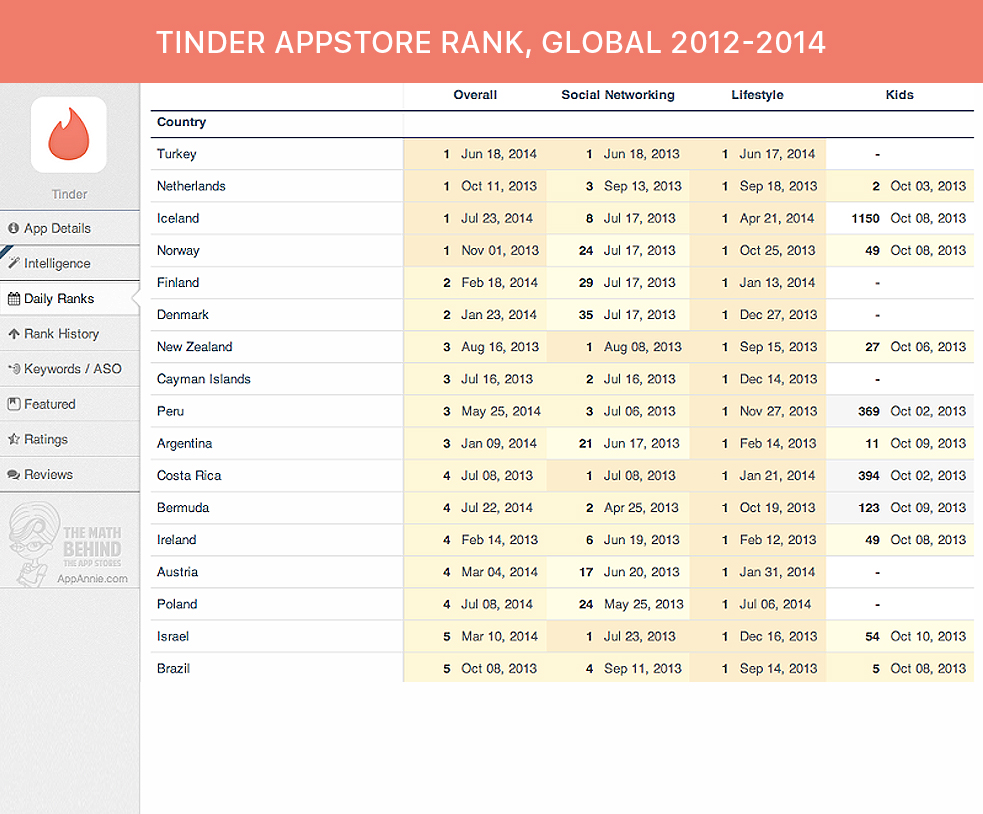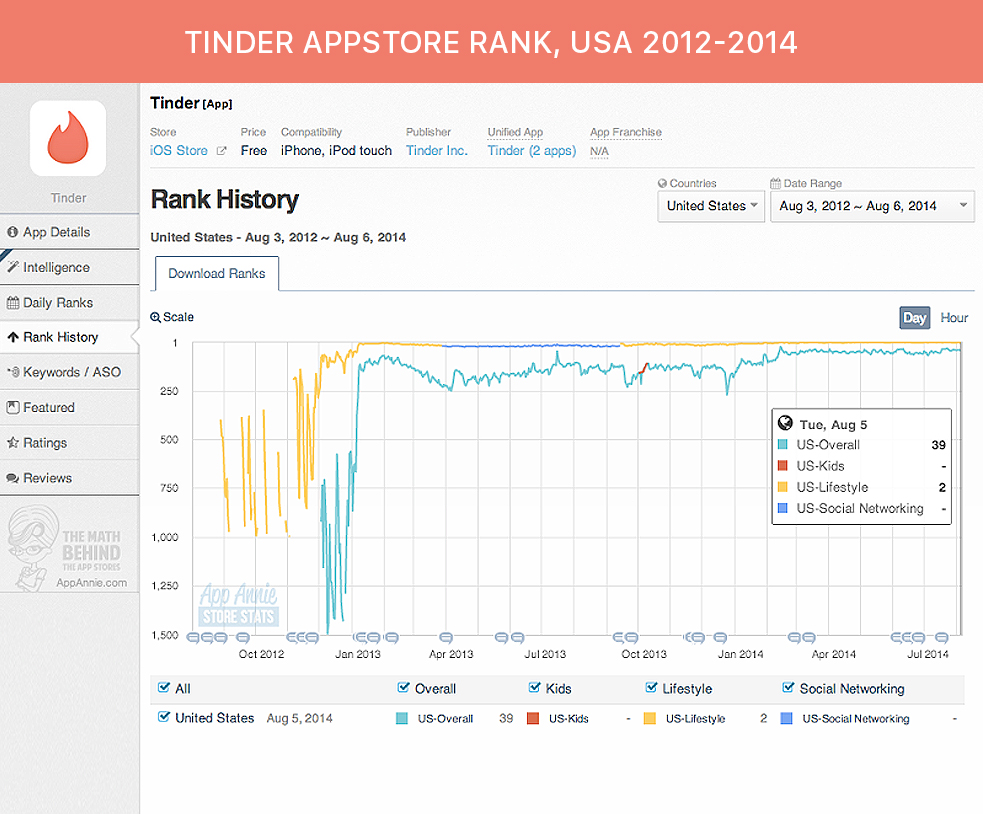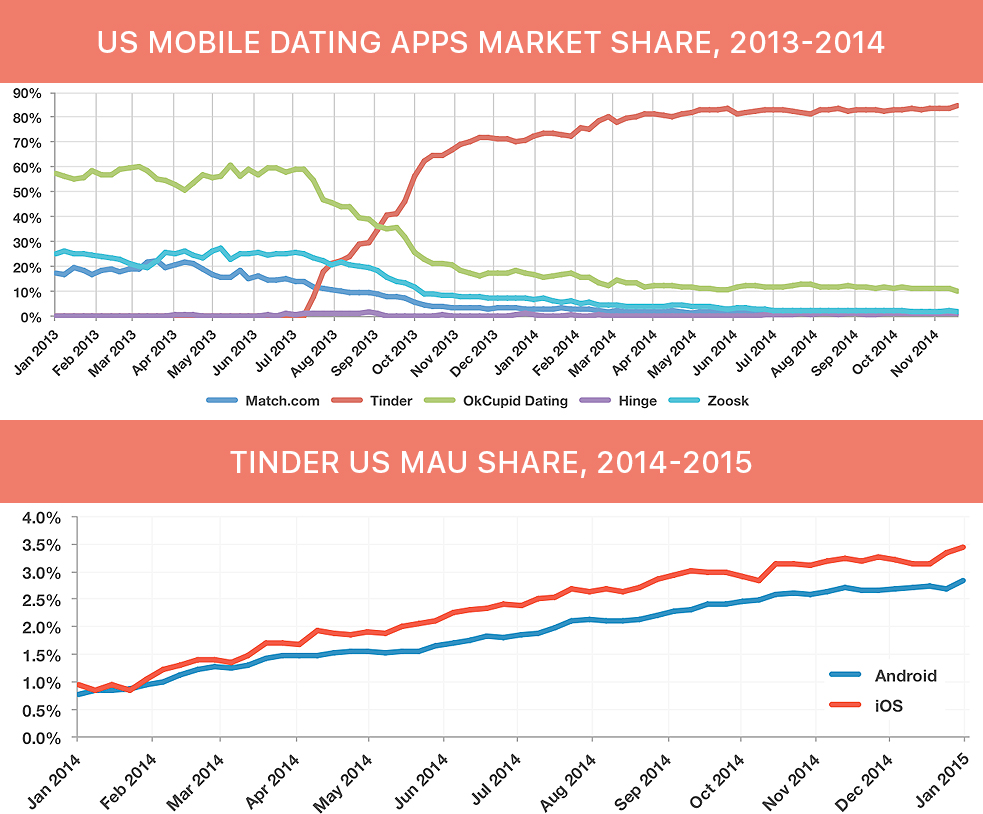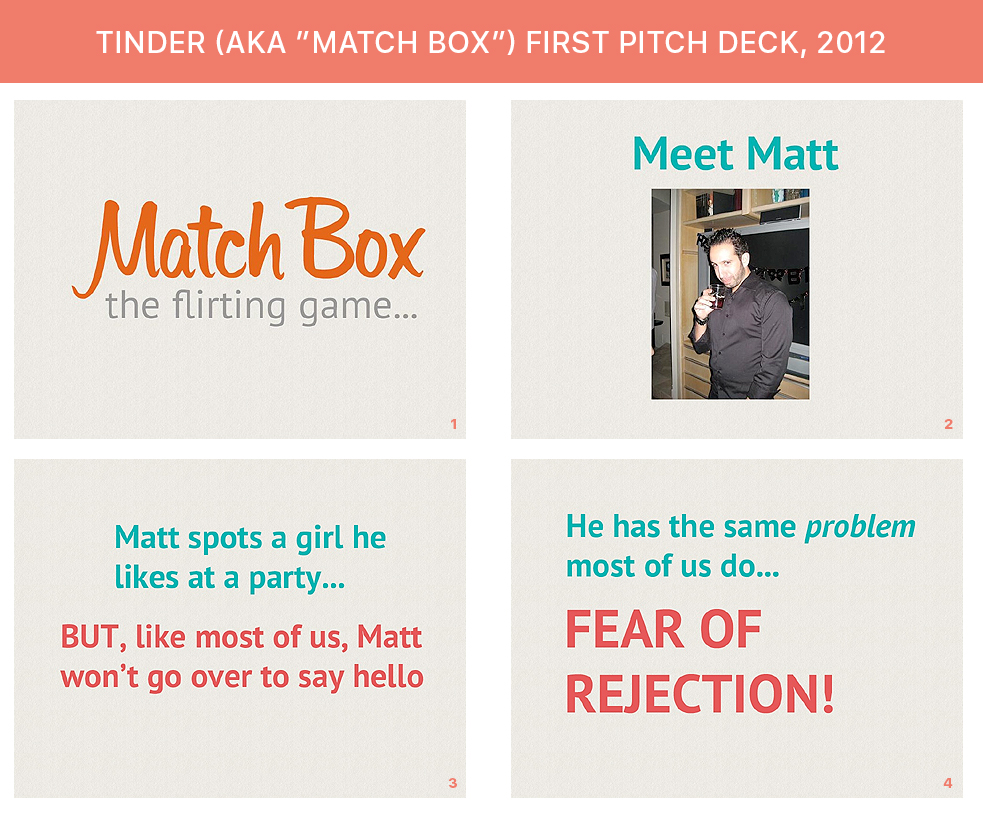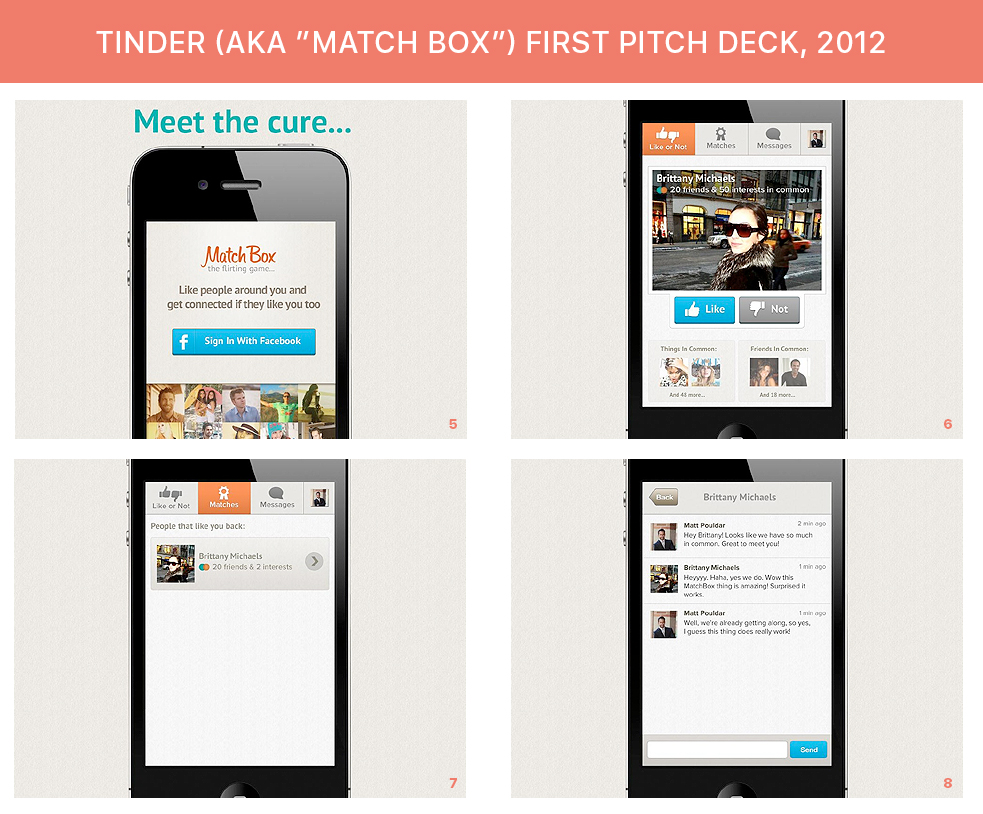
How Tinder
Got Their First Users
Tinder is a location-based app for dating and hookups through swipes and matches. Founded in 2012 (Los Angeles, CA).
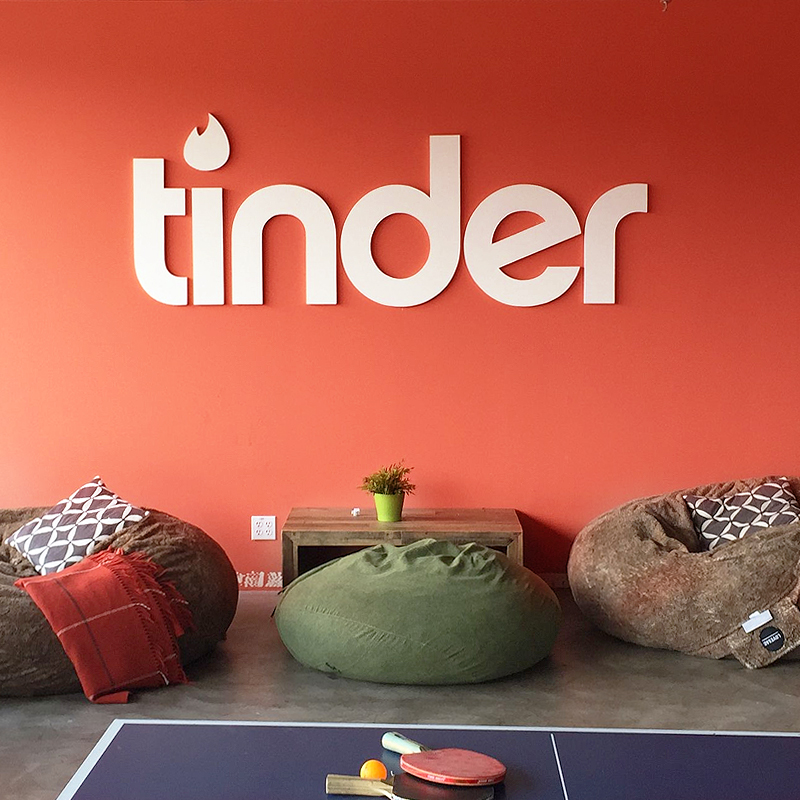
Tinder's early traction did not result from IAC's database (the same company who owns dating mega-company, Match.com) but from the following growth hacks.
To solve the early chicken-egg problem they sent their pitch-team ("pretty/cool/successful women") all over the country to pitch Tinder to college sororities and make all the cool girls at the meetings install the app (to provide the "supply"). Then the pitch-team went to the corresponding brother fraternity - guys opened the app and saw all these cute girls they knew. The second challenge for Tinder was - users density.
Since the app is location-based, it’s of very little use without a sufficient quantity of potential matches. In a town with only 100 or so users, the fun would last one or two sessions at most before potential matches had been exhausted. This is where the collegiate Greek system played a pivotal, dual role in growth.
Not only was it a vibrant group of target users to efficiently seed supply from, but it also had existing dense networks to increase the number of people on the platform in one area locally and quickly. Ergo, Tinder used the same channel - they used the Greek system to both fuel supply and drive network density.


Once Tinder had gained a sufficient user base thanks to "college by college" growth technique (replicated from Facebook) and classic "word of mouth", adoption began to snowball from those centers thanks to the "network effect" - the more users Tinder got, the more valuable it became, and so even more people joined.
It worth to mention that Tinder's early press kits were ofter refereed to the USX Kappa Kappa Gamma sorority. It shared the same subject, composition, branding and tone.
In late 2013 Tinder shifted its marketing tactics to "city by city" technique to begin expansion into the 25-34 demographic. Tinder conducted launch parties with the requirement to display the installed app on a mobile to gain admission to the party.
The final blow of the Tinder's early traction growth hacks was the high addictive UX (satisfying users' intellectual curiosity, softening the blow of rejection, identity verification, simplicity).

Book a consultation
Hire me as your unfair advantage to leverage your startup's growth and traction!
HIRE ME ($300-500/h)